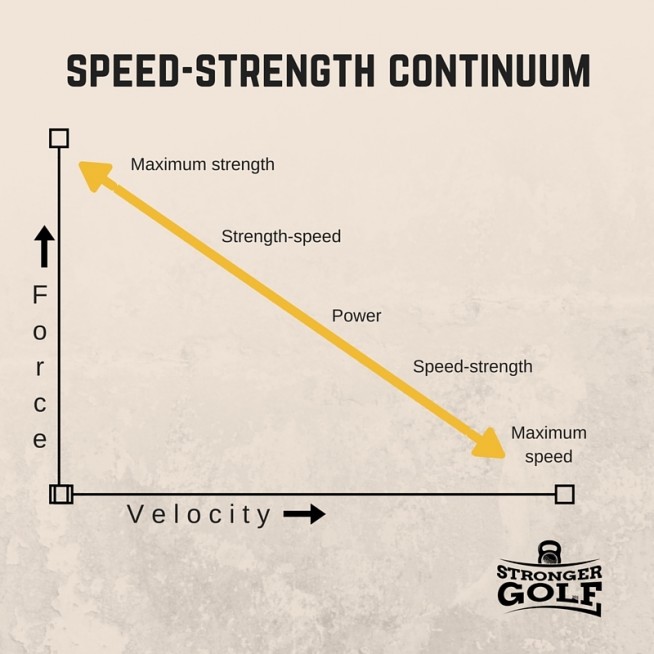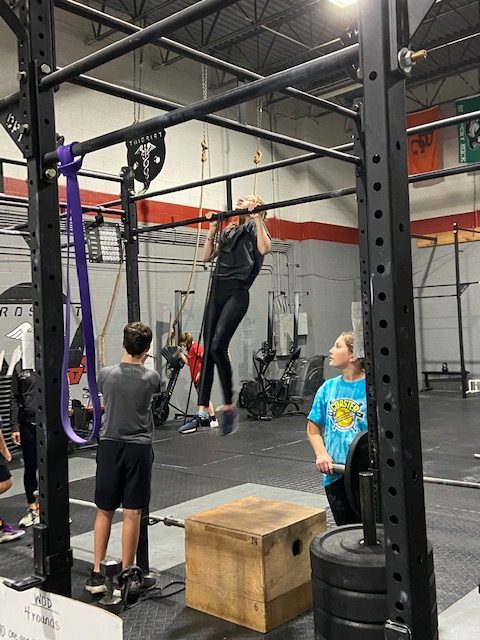Thinking about performance training for high school and college athletes can be a little tricky at times. Often times I see these kids doing a standard strength or powerlifting program. This may help with gaining some strength initially, but only focuses on 1 end of the spectrum. There are 2 different things I like to think about in regards to this. The 1st one is the “speed-strength continuum”. This has a speed component on 1 end and a strength component on the other. Think about maximum speed as sprinting and jumping. Think about maximum strength as heavy deadlifts or squats. Every athlete should display a good balance of this continuum. You will see many athletes who are fast but are limited strength wise. We would bias programming towards this end of the spectrum and vice versa. If an athlete has elite speed we obviously wouldn’t want to lose that elite speed. Our programming for this athlete would still include some speed and power work, but heavily bias towards strength.

I also like to think about the CrossFit 10 general physical skills needed for athletic development. Depending on your sport, most athletes would benefit from a good balance of all of these. Someone who comes in with great power and strength but poor mobility should bias a bit towards some mobility exercises. When programming these are things that should be addressed.

Also think about the 3 planes of movement when programming. Saggital plane which is heavily biased in most programs, frontal plane or side to side movement, and transverse plane which is more rotational.
Things to incorporate
Absolute speed-
Sprinting
Plyometrics
Air dyne sprints
Absolute strength–
Deadlifts
Squats
lunges
weighted pull ups
pressing
Middle areas-
Medball power throws
sled pushes and sprints
weighted jumps (shouldn’t be done until requisite strength is gained)
Accessory-
Core work
rotator cuff work
mobility
Age Ranges
11-14 years old
Basic fundamental movements should be the foundation of this program. RDLS or hip hinge, bodyweight or goblet squats, push ups, assisted pullups, bear crawls, and sprinting is something I like for this. Including tempo work with each one of these movements is very effective as well. being able to control these movements is key. Most kids this age do not have any mobility issues, generally its a motor control or stability issue. Absolute strength bias programming is probably more effective. Rotator cuff and core work should also have a place in these programs.
15-18 years old
After these kids have mastered the basics we can add in more technical lifts such as: trap bar deadlifts, front squats, barbell pressing (landmine), and potentially even some olympic lifts. Sprinting and plyometrics is also of high importance depending on where they fall on the continuum. There may be some individuals lacking mobility in certain areas as well. make sure to assess especially if the athlete gets any pain with movement.
We also should keep in mind the exercise background of the athlete. Do they have a lot of experience lifting or none at all, this makes a big difference.
Like this article? Sign up for mailing list on the homepage
Follow me on social media
IG-Wollschleger_training
Facebook-wollschleger S&C
Twitter-CWollschlege

